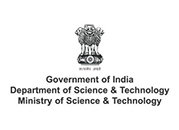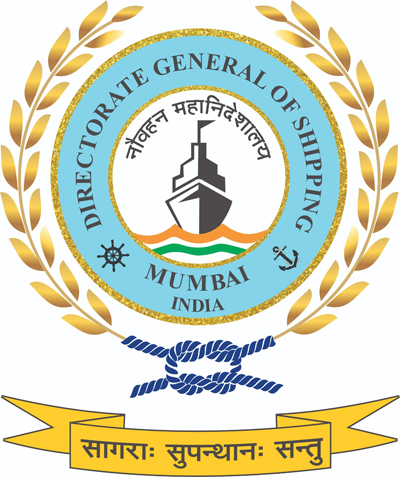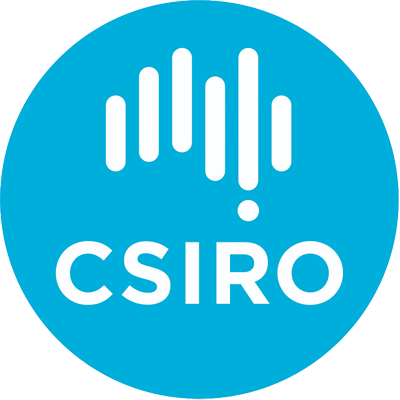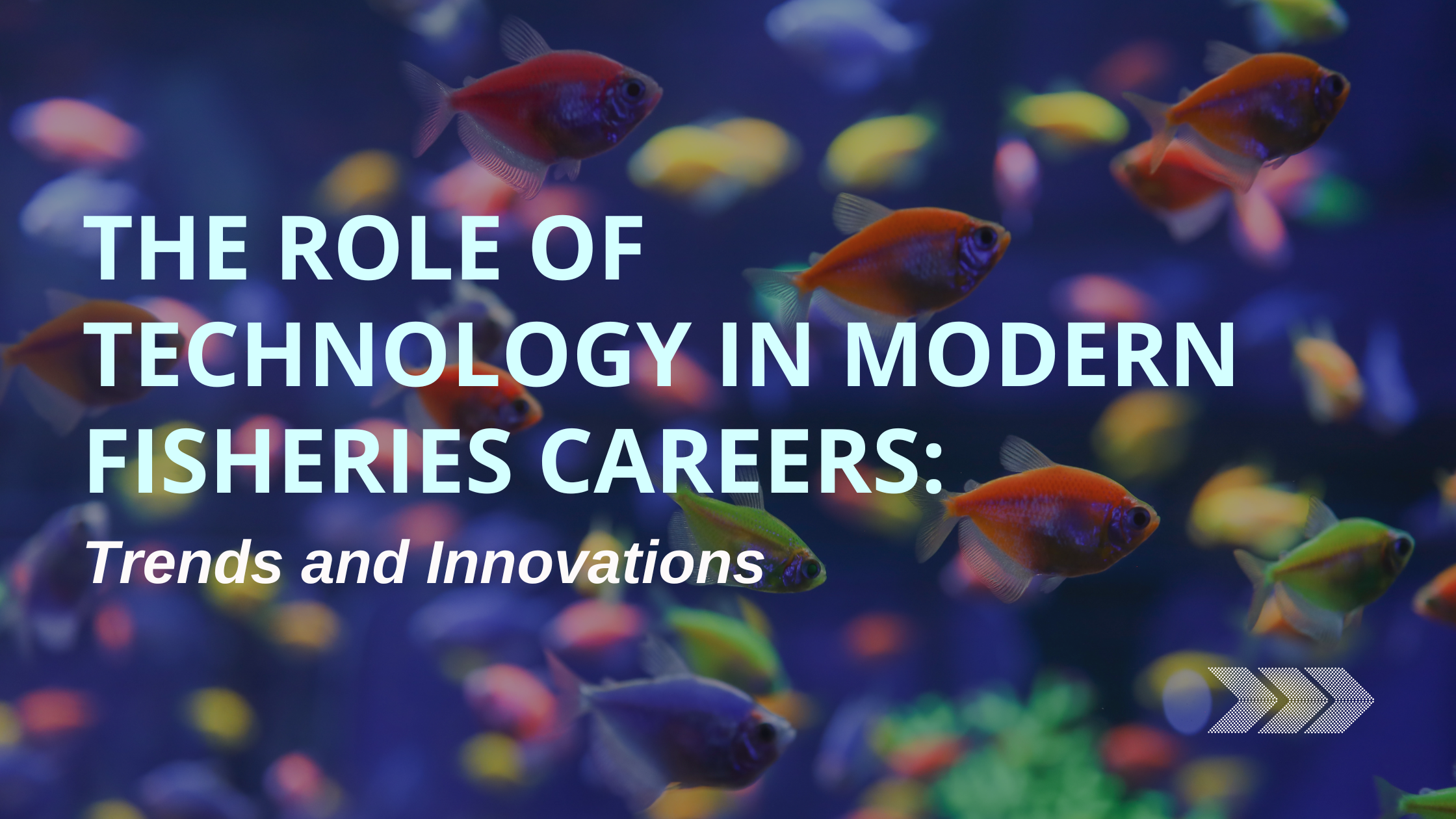The role of technology in modern fisheries careers has evolved significantly, driven by the need for sustainable and efficient practices in the face of environmental challenges and increasing demand for seafood. Several trends and innovations are shaping the way fisheries professionals operate:
- Data-driven Decision Making: Technology has enabled the collection of vast amounts of data through various means such as satellite imagery, drones, acoustic monitoring, and electronic tagging. Fisheries scientists and managers use this data to make informed decisions about stock assessments, fishing quotas, and conservation measures.
- Remote Sensing and Monitoring: Remote sensing technologies, including satellite imagery and drones, allow for the monitoring of ocean conditions, fish populations, and fishing activities over large areas. This real-time information helps fisheries managers enforce regulations and adapt management strategies as needed.
- Electronic Monitoring and Reporting: Electronic monitoring systems installed on fishing vessels can track catch quantities, bycatch, and fishing locations more accurately than traditional logbooks. This technology promotes transparency and compliance with regulations while reducing the administrative burden on fishermen.
- Fisheries Modelling and Simulation: Advanced computational models simulate the dynamics of fish populations, ecosystems, and fishing practices. These models aid in forecasting the impacts of different management scenarios, optimizing fishing strategies, and understanding complex ecological interactions.
- Aquaculture Automation: In aquaculture, automation and sensor technologies are increasingly used to monitor water quality, feed fish, and manage production systems. Automated feeding systems, for example, optimize feeding schedules based on fish behavior and environmental conditions, improving efficiency and reducing waste.
- Traceability and Supply Chain Management: Blockchain technology and other traceability systems are being implemented to track seafood products from the point of capture or harvest to the consumer. This enhances transparency, helps combat illegal fishing and seafood fraud, and ensures the sustainability of fisheries resources.
- Environmental DNA (eDNA) Analysis: eDNA analysis involves extracting and analyzing DNA traces left by organisms in their environment. This non-invasive method can identify species in a given area, monitor biodiversity changes, and detect the presence of invasive species or endangered species.
- Oceanographic Forecasting: Oceanographic modeling and forecasting advances provide valuable information on ocean currents, temperature patterns, and other environmental factors affecting fish behavior and distribution. Fishermen can use this information to plan their fishing trips more effectively and avoid areas of poor productivity.
- Robotics and AI-assisted Fishing: Robotics and artificial intelligence (AI) are being explored to automate certain aspects of fishing operations, such as net deployment, fish sorting, and underwater exploration. AI algorithms can analyze sonar data to identify fish species and assess their abundance, enabling more targeted and selective fishing practices.
- Education and Training: With technology integration into fisheries management and research, there is a growing demand for professionals with expertise in fields such as marine biology, data science, remote sensing, and computer programming. Educational programs and training initiatives are adapting to equip students and professionals with the necessary skills for modern fisheries careers.
Overall, technology plays a crucial role in addressing the challenges facing fisheries sustainability and supporting the livelihoods of those involved in the industry. Embracing these technological advancements can lead to more efficient, environmentally responsible, and economically viable fisheries management practices.













 28 Apr 2024
28 Apr 2024



